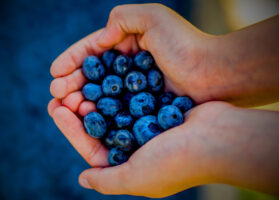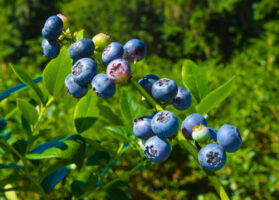“We are at the mercy of Mother Nature,” Lucy said. “California was blessed with a ton of rain but that has affected our size curve. There was not a lot of sunshine. Peru and Mexico have also seen similar scenarios that have impacted their crops and the size of the fruit.”
There are also long-range issues that have the avocado industry a bit worried. Emiliano Escobedo, executive director of the U.S. chartered Hass Avocado Board, noted that a French research study, conducted in 2021 and updated recently, points to worldwide avocado supply growing faster than demand. Worldwide, he said, the pace of plantings has accelerated faster than demand.
There is one exception — the U.S. market, according to Escobedo. “The U.S. consumes 50 percent of the world’s supply,” he said.
That fact is both alarming and a great testament to the U.S. federal marketing order that created the Hass Avocado Board and the resulting point of origin marketing campaigns. HAB was created to assess all Hass avocados sold in the United States to build a fund to promote and increase the consumption of avocados. The underlying philosophy was to enlarge the market to help protect U.S. production.
Escobedo said the result is unmistakable. Money, and the promotional campaigns it can produce, will move the consumption needle.
“When you look globally, it is a different story,” he said, noting that there are only small promotion programs being funded on a voluntary basis in Europe, Asia, Mexico and Canada. The message, he said, is crystal clear: avocado producers have to invest outside of the United States.
Escobedo admitted that is a challenging situation. Like others, he believes a truly robust program can only be launched when all participate, which means mandatory assessments. In the United States, the ability to create a mandatory marketing order was in the books and only needed to be tapped. He said there are no such existing mechanism in other countries. Building such a program takes a will and a way.
Alvaro Luque, president and CEO of Avocados From Mexico, which focuses on marketing Mexico’s large Hass crop in the U.S. market, said building a program to increase consumption is not easy nor is it a secret. It takes money, he said. Luque noted that the U.S. program is unique in that it is a mandatory program and all fruit from Mexico imported into the United States is assessed. He added that Mexico’s avocdo grower association, APEAM, has marketing efforts in other countries, but they do not come close to rivaling the robust AFM program.
Oberman worries that the U.S. market is just too attractive to new sources of supply. He would like to see the new sources that have not yet gained a foothold in the U.S. market spend their marketing dollars developing other opportunities around the globe. “It’s frustrating,” he said, noting that California growers were the first to grow the U.S. market more than 50 years ago.
Today that market has been greatly expanded through HAB and the dollars generated by that effort. “Now, Colombia, South Africa, Ecuador, they are all looking at our market. Everyone wants to come here,” he said.







